Essential Roofing Maintenance Tips for Homeowners
Your home’s roof is more than just a shelter. It’s a key component of your home’s structural integrity.
Regular maintenance is crucial to keep your roof in top shape. It helps prevent costly repairs and extends the lifespan of your roofing.
In this guide, we’ll share essential roofing maintenance tips. Whether you’re a DIY enthusiast or a homeowner looking to understand more about roof care, you’ll find these tips helpful.
Importance of Regular Roof Inspections
Regular roof inspections are a must. They help identify potential issues before they escalate into major problems.
An inspection can reveal signs of wear and tear. These signs could lead to leaks, structural damage, or even a roof replacement if not addressed.
By catching these issues early, you can save money and extend the life of your roof.
Basic Roof Inspection from the Ground
You don’t always need a ladder for a basic roof inspection. A ground-level inspection can reveal a lot.
Look for missing, damaged, or curling shingles. These are signs of a roof in need of attention.
Also, check for sagging areas or piles of granules. These could indicate more serious issues.
Identifying Signs of Wear and Tear
Roof wear and tear is normal over time. However, spotting it early can prevent bigger issues.
Look for cracked or peeling sealant, rust spots on flashing, and shingle granules in gutters. These are all signs of wear.
Also, keep an eye out for moss or algae growth. This can damage your roof over time.
Gutter Maintenance and Water Damage Prevention
Gutters play a crucial role in roof maintenance. They direct water away from your home, preventing damage.
However, gutters can get clogged with leaves and debris. This can lead to water overflow and damage to your roof and home.
Regular gutter cleaning is essential to prevent these issues and maintain the integrity of your roof.
Keeping Gutters Clean
Cleaning gutters can be a simple task. Remove leaves and debris, and flush them with water to ensure proper flow.
Consider installing gutter guards. They can minimize the need for regular cleaning by preventing debris buildup.
Trimming Overhanging Tree Branches
Overhanging tree branches pose a risk to your roof. They can scrape and damage shingles, leading to leaks.
Regular trimming of these branches can prevent potential damage. It’s a simple yet effective step in roof maintenance.
Shingle Inspection and Replacement
Shingles are your roof’s first line of defense. They protect your home from water damage and other elements.
Inspect your shingles regularly for signs of wear. Look for missing, damaged, or curling shingles.
Replace any broken or missing shingles promptly. This prevents leaks and further damage.
Checking Roof Flashing
Roof flashing is crucial for preventing leaks. It’s found around chimneys, vents, and skylights.
Regularly check your flashing for damage. If you spot any issues, it’s time for a repair.
Attic Ventilation and Moisture Control
Proper attic ventilation is key to roof maintenance. It helps prevent moisture buildup that can damage your roof.
Ensure your attic is well-ventilated. This can help extend the lifespan of your roofing material.
Addressing Moss and Algae Growth
Moss and algae growth can harm your roof’s integrity. It’s essential to remove them safely.
Regular cleaning can prevent moss and algae. This helps maintain your roof’s appearance and health.
When to Call Professional Roofers
Sometimes, DIY maintenance isn’t enough. You may need professional help for complex issues.
If you spot severe damage or leaks, call a roofer. They can provide expert repair or replacement.
Here are some common signs of needed roof repair.
Conclusion: Creating a Maintenance Schedule
Regular maintenance is key to a long-lasting roof. Create a schedule to keep track of tasks.
This way, you’ll prevent damage and save on costly repairs. Your roof will thank you.

